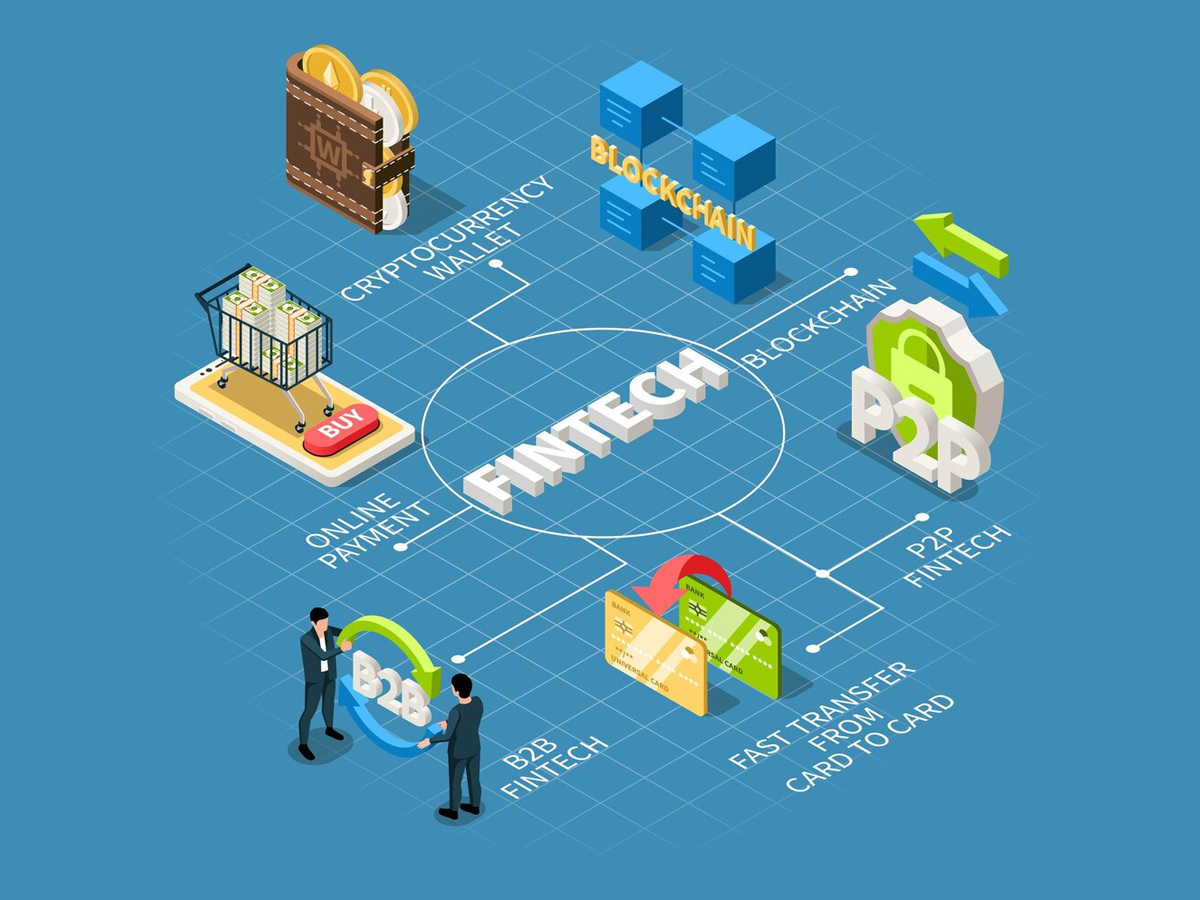Trade agreements in the 21st century are no longer just about reducing tariffs. Increasingly, they are evolving into frameworks that facilitate data flows, digital services, and financial innovation. They are evolving into frameworks that facilitate data flows, digital services and financial innovation. According to the World Trade Organization over 60 per cent of newly signed trade deals contained more provisions related to e-commerce and digital finance. For fintech firms, especially in emerging markets, these modern agreements are creating smoother pathways for cross-border operations, compliance harmonization, and access to capital.
As global commerce becomes increasingly digital, fintech is no longer just a sector—it’s an infrastructure, and trade agreements are becoming its enabler. To a country like India, focusing on a viable strategy on the digital highway could mean more enterprises exporting services, ability for more financial organizations to provide capital elsewhere. Besides financial and diplomatic benefits, this is an immensely rewarding opportunity to innovative start-ups, fintechs and even Indian citizens to leverage. But, when money flows faster through the click of a button there are an equal number of challenges. And the global architecture of trade needs to reflect such economic realities and the associated solutions to such challenges.
FTAs Tailored on Digital Aesthetics for Economic Diplomacy
Free Trade agreements (FTAs) have been a way that countries have leveraged to improve their trade numbers. Digital economy focused trade agreements such as UK–Singapore Digital Economy Agreement (DEA) or UK–Australia Free Trade Agreement, or India-UK FTA, and scores of multilateral initiatives such as DEPA have been used as a stepping-stone towards a smarter and forward-looking approach. What makes such agreements particularly relevant is their capacity to unlock the potential of innovation, improvement of financial technology (fintech) and accessibility of digital finance. Several governments and businesses have sought resilience and inclusivity and perceive such trade agreements as viable tools to better their fintech cooperation, data interoperability, and even regulatory alignment. A classic example is the India-UAE CEPA (Comprehensive Economic Partnership Agreement) that includes dedicated chapters on digital trade, online consumer protection, and even digital identities allowing smoother regulatory alignment for Indian services platforms to offer value in the Gulf. The Digital Economy Partnership Agreement (DEPA), signed by Singapore, Chile, and New Zealand, is another example that goes further by introducing modular approaches to digital trade governance. What makes this deal strikingly unique are the chapters on fintech collaboration, digital identities, and data innovation – making it one of the first trade pacts designed from the ground up for a digitized economy. As a blueprint, DEPA shows how nations can align on principles while allowing flexibility for local regulations.
Digital Nuances of Economic Diplomacy
Focusing on digital nuances offers more opportunities to fintechs, financial enterprises and even countries. Fintech today is more than just a sector—it is a means of scaling financial inclusion, improving transparency, and enabling seamless business-to-business (B2B) and business-to-client (B2C) commerce. Trade agreements prioritising on fintech do more than promote commercial interests; they help build the financial plumbing of the future. Conversations hence around open finance frameworks, digital wallets, and interoperable payment can do more than just reduce friction for small and medium enterprises (SMEs).
Countries that evaluate trade on such parameters enable their SMEs and organizations to participate meaningfully in the global economy. Smart trade agreements also realize that the game is not only about reducing tariffs but removing regulatory fragmentation, inconsistent cybersecurity standards, and even opaque cross-border data policies. However, addressing such issues requires more than goodwill—it also demands harmonized frameworks.
Hence, provisions that support e-invoicing, electronic signatures, secure digital authentication, and real-time payment systems are not only technical footnotes but competitive advantages. Doing these may seem like too much. But the pursuit of such exercises creates a multiplier effect. It reduces transaction costs, increase access to credit for underserved businesses, and enables transparency that benefits regulators and participants alike. Smart trade architecture is therefore, not just pro-growth, it’s also pro-governance.
DNAs of a Modern Trade Agreement
The most forward-looking trade deals share a distinct set of traits: they treat data as a tradable asset, digital infrastructure as a public good, and fintech as a strategic growth lever. The UK–Singapore DEA exemplifies this shift. It ensures the free flow of data with strong privacy protections, removes unjustified data localization requirements, and encourages cooperation in fintech and regtech. These aren’t symbolic add-ons—they’re foundational elements that enable real-time cross-border payments, digital identity verification, and compliance automation, which in turn reduces the cost of doing business internationally. Similarly, the UK–Australia FTA includes an innovation chapter—an uncommon but powerful feature. This dedicated space for dialogue on emerging technologies fosters collaboration in digital payments, open banking, and AI regulation. It recognizes that trade today is as much about trust in digital standards as it is about trust in goods and services.
Building a Digital Trade Commons
As more countries prepare for next-generation trade agreements, the opportunity lies in building a shared digital trade commons—open, secure, and inclusive. Multilateral initiatives like SADEA (Singapore Australia Digital Economy Agreement) or the DEPA (Digital Economy Partnership Agreement) show that it’s possible to design agreements that are agile, modular, and deeply attuned to the digital age. The next phase of global trade will be driven less by the movement of containers and more by the movement of code, artificial-intelligence, or even compliance standards and capital flow. To policymakers therefore, the choice is clear: integrate fintech and digital finance as central pillars of trade policy, or risk creating agreements that are out of sync with economic realities. Those countries that embed digital economy thinking into their trade frameworks will hence not only future-proof their economic strategy but will emerge as new hubs of economic power. As the digital economy expands, aggregators and technology would become pivotal — not just in connecting services, but in shaping how countries, companies, and consumers participate in the global financial system. This is not just an opportunity for growth; it’s a responsibility to help build the backbone of a more open, agile, and inclusive global economy.





